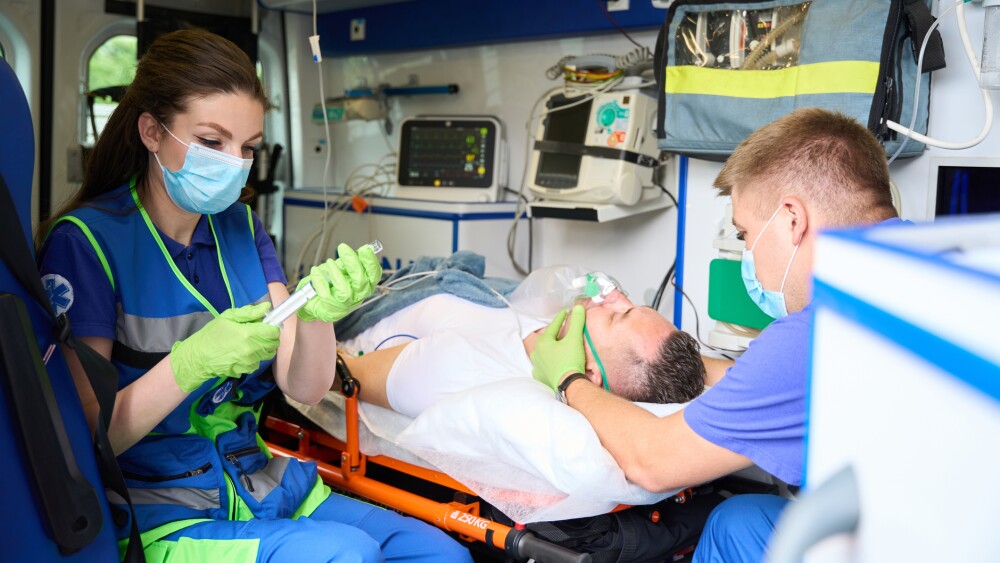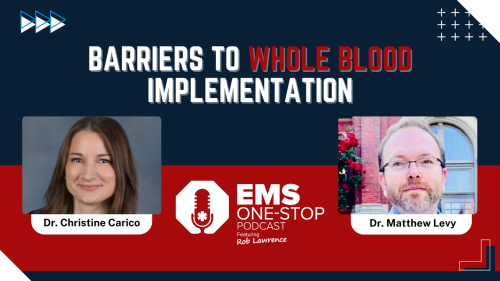AUSTIN, Texas — A new report from ESO shows a continued drop in suspected opioid overdose calls and introduces data points aimed at helping EMS professionals better understand trends in maternal emergencies, airway confirmation and behavioral health needs in pediatric patients.
Released on May 6, the 2025 ESO EMS Index analyzed more than 12.5 million 911 records from over 3,000 EMS agencies nationwide. The 2025 edition adds five new metrics, expanding the industry benchmark to include whole blood surveillance, prehospital obstetric emergencies and EMS utilization patterns.
One of the most significant findings: suspected opioid overdose calls dropped to just 1% of all EMS calls in 2024, down from 2% the previous year. The data aligns with national CDC reports showing a decline in overdose-related deaths.
|More: Insights, actions and the future of EMS: The 2025 ESO EMS Index
Other key takeaways from the 2025 Index include:
- Disparities in maternal care: Among patients with postpartum hemorrhage, 20% of white patients received tranexamic acid (TXA) or oxytocin, compared to 8.5% of Hispanic patients and 3% of Black patients. The data comes as the U.S. continues to report the highest maternal mortality rate among industrialized countries, according to the CDC. In April, the National Association of EMS Physicians released updated model guidelines to support EMS response to obstetric emergencies, including postpartum hemorrhage.
- Airway safety documentation lags: While waveform capnography remains the gold standard for confirming airway placement, only 64% of adult and 62% of pediatric invasive airway procedures included documented confirmation, according to the National EMS Quality Alliance (NEMSQA).
- Behavioral health calls involving children: One in eight pediatric 911 calls involved a behavioral health or substance use emergency. Most of these patients were later discharged from the emergency department, pointing to the need for alternative response or care pathways.
- Whole blood use on the rise: Whole blood is now the most commonly administered blood product in ground EMS, reflecting its growing practicality and low risk profile in prehospital trauma care.
The 2025 Index also marks the first use of ESO’s longitudinal patient record ID, enabling better tracking of repeat EMS users. Findings showed that 20% of patients — about 1.1 million people — used EMS twice or more in a single year. This repeat usage presents an opportunity to integrate EMS into broader care coordination efforts and shift some non-emergent responses toward primary care.
ESO notes the index is based on real-world data and is intended to inform quality improvement and spark dialogue — not serve as a definitive clinical guideline.








